LAWRENCE BERKELEY NATIONAL LABORATORY
This guide focuses on clean energy financing options for school administrators, facility managers, and other K-12 school decision makers who are considering investments in high performance school projects. This guide explicitly focuses on comprehensive energy upgrades, those that involve multiple measures and are targeted toward achieving significant energy savings. Successful implementation of clean energy upgrades in schools is a matter of understanding the opportunity, making the commitment, and creatively tapping into available financing. This guide attempts to provide the foundation needed for successful projects in U.S. schools. It walks through the financing options available to K-12 schools and provides case studies of six school districts from around the country.
K-12 schools spend around $6 billion on energy annually, making energy the second-highest operating expenditure for schools after personnel costs – more money than is spent on textbooks and computers combined. Well-designed energy efficiency and renewable energy improvements can stabilize or reduce these operating costs – in fact, the most efficient schools use three times less energy than the least efficient schools. Clean energy-related improvements in K-12 schools often include upgrades such as replacing lighting, adding insulation, replacing heating and cooling equipment, installing energy management systems and controls, adding solar photovoltaic systems, and replacing windows, doors and roofs. These improvements offer a range of benefits, including:
- Lower energy bills. At a time when many school district budgets are under pressure, monies not spent on paying energy bills can be re-allocated to serving the district’s core educational mission, allowing schools to hire more teachers, purchase educational materials, or invest in additional facilities upgrades (see Washington’s LOCAL case study on page 33).
- Modernized infrastructure and reduced facility maintenance costs. Savings from reduced energy costs can be used to support capital investments in new windows, roofs, controls, and other infrastructure at no or low net cost to the school district and taxpayers. These infrastructure investments – and systems to manage them – can reduce the costs of operating and maintaining school facilities and lead to other savings opportunities (see Williamson County School District case study on page 36).
- Improved comfort, health, and safety. Energy-related improvements can solve problems that hinder schools’ ability to serve their educational mission. Hot and cold spots, leaky roofs, mold, broken windows, toxic materials – these problems have a negative impact on student comfort and may lead to health and safety issues. Comfortable, safe facilities enhance schools’ ability to deliver high quality education (see Pentucket Regional School District case study on page 39).
- Environmental benefits. Energy-related improvements can deliver compliance with existing or potential environmental regulations. Environmental compliance may include measures to convert cooling systems to CFC-free equipment or properly dispose of old lighting systems and other potentially toxic materials.
- Educational Opportunities. Commitments to energy efficiency and renewable energy can be integrated into school curriculums to educate students and the community about the importance of environmental stewardship (see Boulder Valley School District case study on page 45).
Every school has the potential to become a high performance school – defined as a school facility that improves the student learning environment and achieves the maximum level of energy performance possible; saving energy, resources, and money. Most schools already have access to many of the financing tools they need to invest in these improvements. Achieving success is a matter of understanding the opportunity, making the commitment, and creatively tapping into the financing available.
However, pursuing high performance school buildings is not without challenges. Even if the short- and long-term benefits of energy-related improvements are obvious, upfront capital for projects can require effort to access and must be balanced against competing capital needs. School administrators face challenges in getting approval from local voters to spend tax dollars on energy-related improvements. And while there are a range of innovative financing approaches that lower the upfront costs of these investments, financing can be complicated. Successful projects also require dedicated staff time and attention to get off the ground, and to maintain and monitor the savings over time.
Fortunately, thousands of U.S. schools have figured out ways to invest in energy efficiency and renewable energy improvements, demonstrating that smart energy choices can have lasting benefits for their students, their communities, and the environment. There are many “keys” to the success of these schools – this guide focuses specifically on the financing challenges facing school administrators, facility managers, and other decision makers who are considering investments in clean energy projects.
This guide explicitly focuses on comprehensive energy upgrades, those that involve multiple measures and are targeted toward achieving significant and persistent energy savings. These projects typically require large capital outlays, and often necessitate financing to limit a school’s need to pay all of these costs up-front. There are also a range of less capital-intensive activities that schools can pursue to save energy – including education and behavior change, better scheduling of equipment and systems, and training staff to more actively manage energy usage. These O&M-related activities can also have dramatic results, and should be pursued in conjunction with investments in higher efficiency equipment and clean energy infrastructure.
Read full report (PDF) here: Financing Energy Upgrades for K-12 School Districts
About the Lawrence Berkeley National Laboratory (Berkeley Lab)
http://www.lbl.gov/
“In the world of science, Lawrence Berkeley National Laboratory (Berkeley Lab) is synonymous with “excellence.” Thirteen Nobel prizes are associated with Berkeley Lab. Fifty-seven Lab scientists are members of the National Academy of Sciences (NAS), one of the highest honors for a scientist in the United States. Thirteen of our scientists have won the National Medal of Science, our nation’s highest award for lifetime achievement in fields of scientific research. Eighteen of our engineers have been elected to the National Academy of Engineering, and three of our scientists have been elected into the Institute of Medicine. In addition, Berkeley Lab has trained thousands of university science and engineering students who are advancing technological innovations across the nation and around the world.”
Tags: Better Buildings Initiative, Lawrence Berkeley National Laboratory

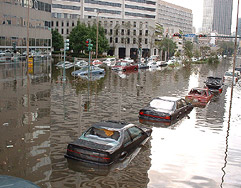
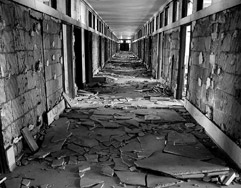
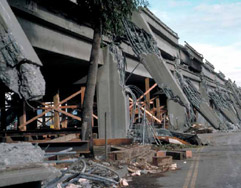

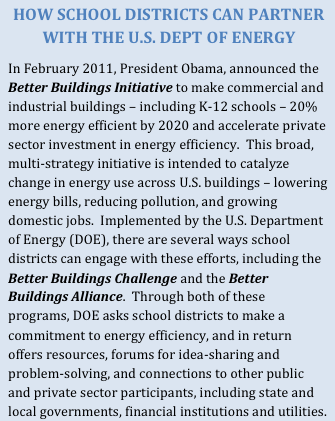
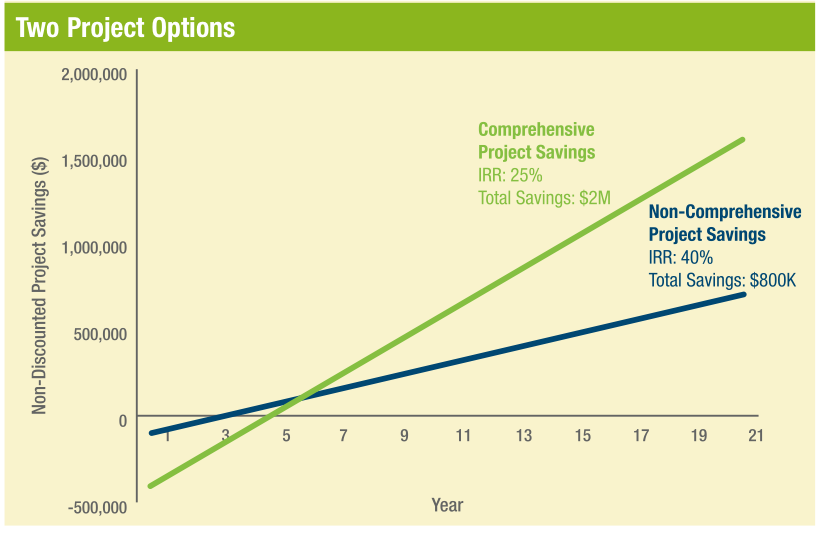

 RSS Feed
RSS Feed